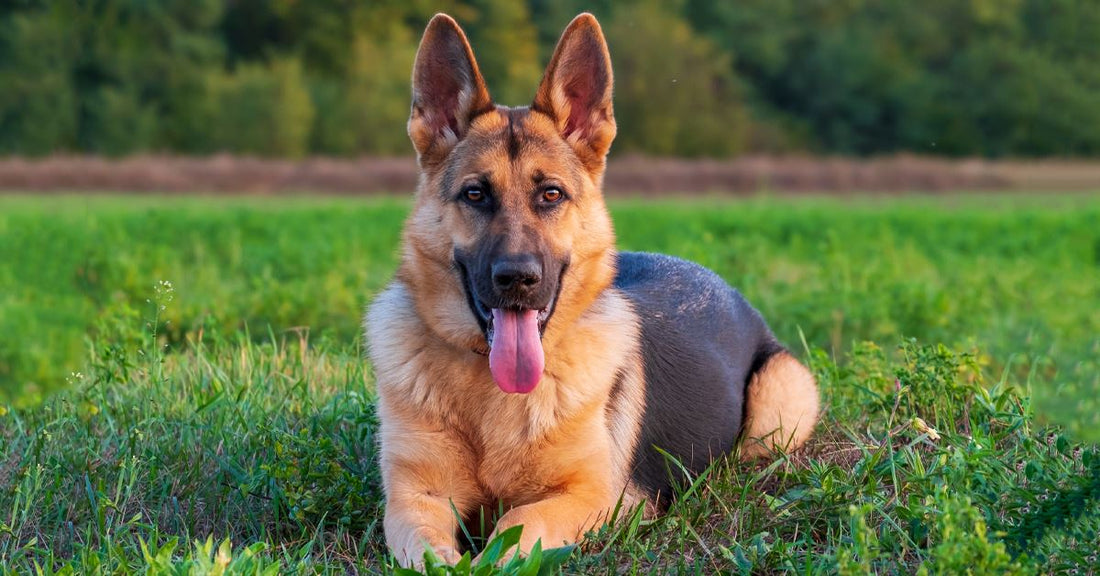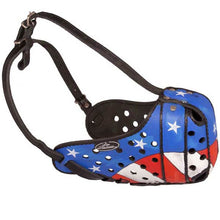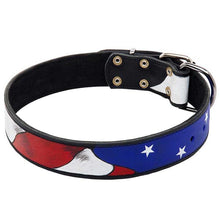The Rise In Popularity Of The German Shepherd Dog

German Shepherds are currently the 3rd most popular dog breed in the USA, and the 7th most popular in the UK. Where did it all begin and what led to the German Shepherd to being one of the most beloved breeds in modern human history?
Horand von Grafrath (January 1, 1895 - after 1899, formerly named Hektor Linksrhein) was the first German Shepherd Dog and the genetic basis for all German Shepherd Dogs. The founder of the breed was Max von Stephanitz, an ex-cavalry captain and former student of the Berlin Veterinary College. He believed strongly that dogs should be bred for working and that Horand von Grafrath was the best dog to model a new breed after. Von Stephanitz was so impressed with the strength, intelligence, loyalty, and beauty of Hektor Linksrhein that he purchased him immediately and changed his name to Horand von Grafrath. Soon after, Von Stephanitz founded the Verein für Deutsche Schäferhunde (Society for the German Shepherd Dog). Horand thus became the first German Shepherd Dog, and was the first dog added to the society’s breed register.

The popularity of Von Stephanitz's vision for a united German Shepherd breed, a working breed of high character, exploded almost overnight. So much so, that by 1923, the Verein für Deutsche Schäferhunde had 50,000 dues-paying members in more than 500 branches in Germany and many more in neighboring countries.

The German police had a high demand for police dogs and after seeing German Shepherds work in person decided that they were the ideal breed for police work and opened up the first dog training school in 1920 in Greenheide. From that program, many German Shepherd police dogs were trained and found their calling. It was only a matter of time before citizens seeing these handsome, fearsome, brave dogs serving their communities started to want such a dog for themselves.

Visitors to Germany found these dogs to be quite impressive as well, with the first German Shepherds being imported into the US as early as 1906. The first German Shepherd Dog registered in the United States was Queen of Switzerland. Her offspring suffered from defects as the result of poor breeding, which caused the breed to suffer a decline in popularity. But not even that could stop the demand for the German Shepherd Dog.
In 1914, at the age of 6, Morris Frank was blinded in his right eye in a horse-riding accident. Ten years later, a boxing match cost him the sight in his left eye. In 1927, frustrated at having to rely on others to get around his hometown of Nashville, Tennessee, Frank heard about a program in Switzerland that trained German Shepherds to assist the blind. The following April, the 20-year-old Vanderbilt University student boarded a ship to Europe and traveled alone across the ocean to meet the dog that offered what Frank described as “the divine gift of freedom.” After five weeks of intensive training, Frank returned home with his new companion, Buddy, the first seeing eye dog in the United States. Frank enjoyed traveling, and brought Buddy with him everywhere he went. Previously, it was unknown that a well-trained dog could help a blind person navigate so well. Buddy helped guide Frank in unfamiliar surroundings safely and with confidence. Their success story inspired Dorothy Eustis, the American woman who ran the Swiss program, to launch the Seeing Eye with the help of Frank. The Seeing Eye became the first guide-dog training school in the United States, in 1929. Still to this day, some 250 dogs, mostly German Shepherds, Labrador Retrievers and Golden Retrievers, complete training at the Seeing Eye in Morristown, N.J., every year.

Popularity increased again after the German Shepherd Sieger Pfeffer von Bern became the 1937 and 1938 Grand Victor in American Kennel Club dog shows, only to suffer another decline at the conclusion of World War II, due to anti-German sentiment. Oddly enough, what boosted their popularity again were the very soldiers who came home after facing German Shepherd war dogs and their handlers. American G.I.'s had a profound respect for the bravery and loyalty of the German Shepherds they came across.

Before, during and after WW2, German Shepherds were still an "it" dog in Hollywood and media. In 1921 Strongheart became one of the earliest canine film stars. In 1922 Rin Tin Tin, who is considered the most famous German Shepherd of all time, joined Strongheart on the big screen. Both canines were honored with stars on the Hollywood Walk of Fame. Batman's dog Ace the Bat-Hound appeared in the Batman comic books, initially in 1955, through 1964. Comic book fans couldn't get enough of Ace and that again boosted popularity of the breed post-WW2.

As of 2020-2021, the German Shepherd is the third-most registered breed by the American Kennel Club, 7th in the UK as was mentioned before. What a long way the breed has come in such a short time. But they're not done yet, thanks to a recent change of rules.
German Shepherds have a double coat which is close and dense with a thick undercoat. The coat was formerly only accepted in 1 variant, the standard coat. Long-haired dogs have existed since the beginning but couldn't be shown. As a result, they were sold for less money and very popular to see as police dogs in Germany. The length of their coat had no effect on their temperament, and long-haired dogs with an undercoat still had protection from the weather.

11 years ago, it was decided to recognize 2 variants: medium and long coated dogs (as long as the coated dog has an undercoat to keep their fur weather resistant). The gene for long hair is recessive, and therefore the long-haired variety is rarer. Long hair in German Shepherds is accepted, but does not compete against standard-coated dogs under the German and UK Kennel Clubs while it can compete with standard-coated dogs, but is considered a fault, in the American Kennel Club. The FCI accepted the long-haired type in 2010, listing it as the Variety B, while the short-haired type is listed as the Variety A. It will be interesting to see where the AKC goes from here forward as far as separating the groups, or perhaps letting long and short-haired varieties to be shown together without considering long-haired dogs as a fault. These new rulings alone are likely to boost the popularity of the breed.

What do you think has made the German Shepherd Dog so popular? Why did you choose this breed? We really want to know! Please leave a like and share this with friends and family. But most importantly, comment below with what made you choose to become a German Shepherd owner when faced with hundreds of other options.
You may also like: 11 Popular Questions About German Shepherd
























